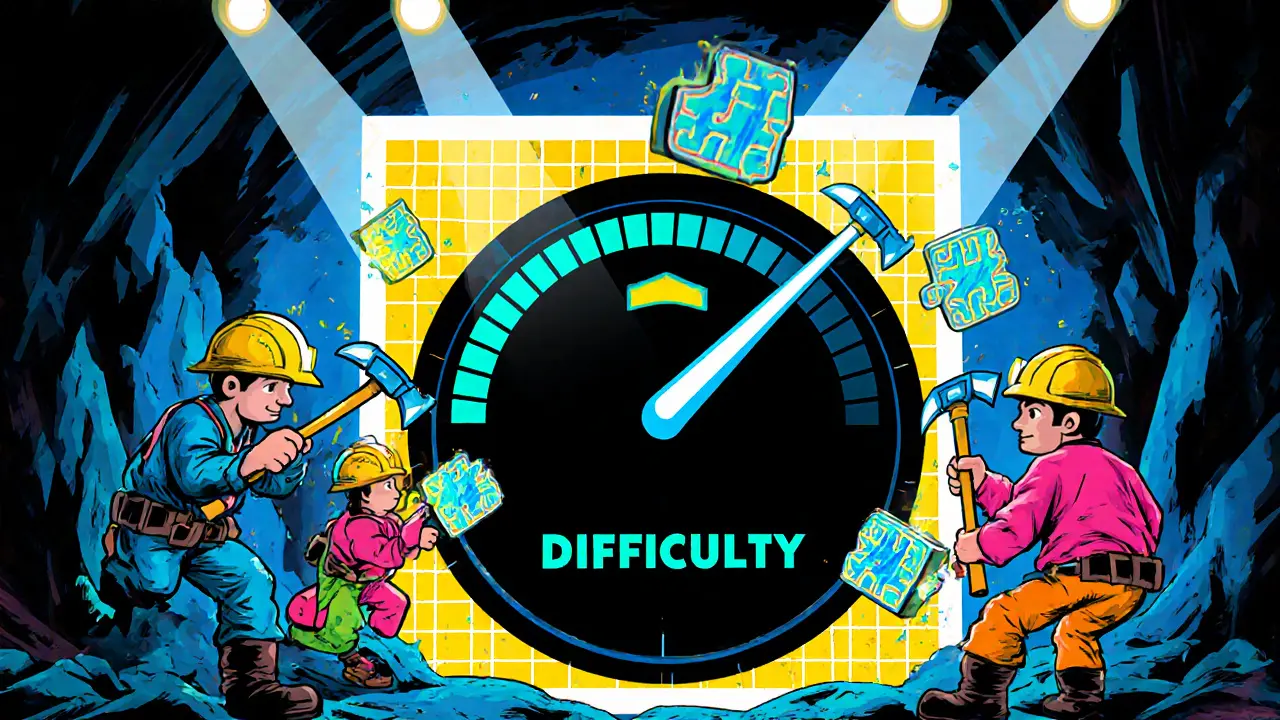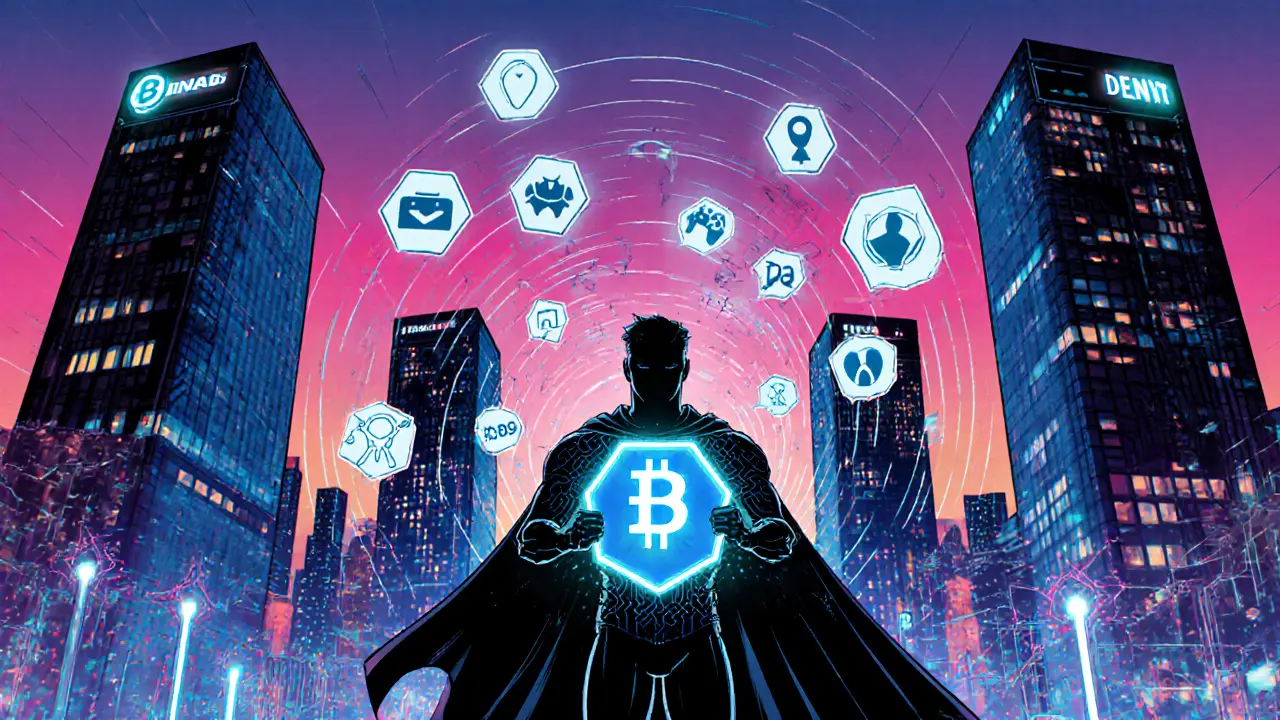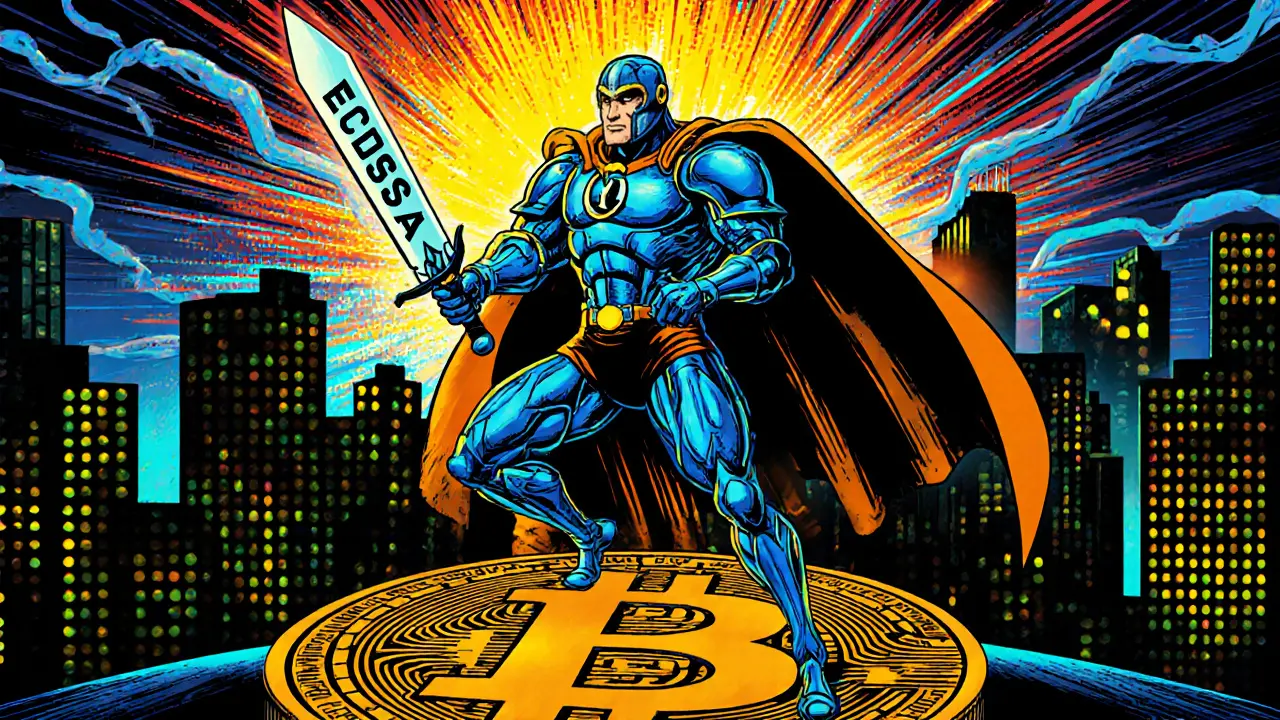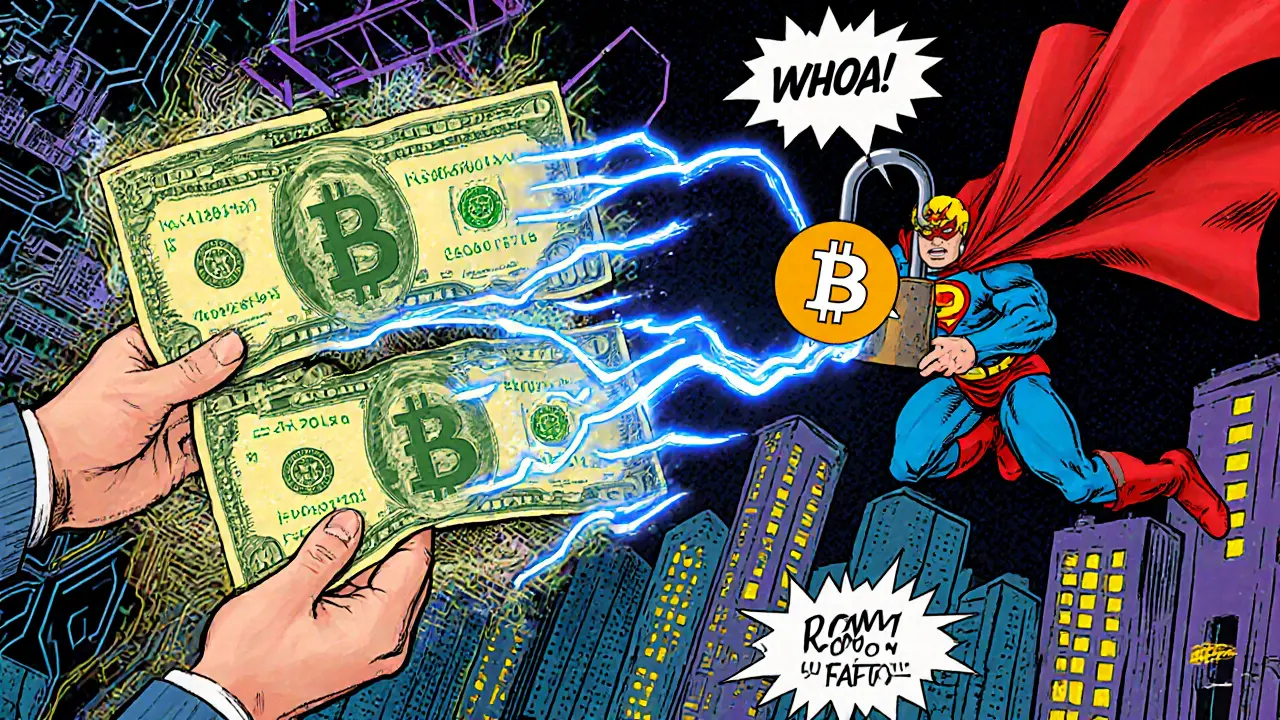Blockchain Explained: Basics, Trends, and Real‑World Applications
When diving into blockchain, a distributed ledger that records transactions across many computers without a central authority. Also known as distributed ledger technology, it powers everything from airdrops, token giveaways designed to grow a community and spark liquidity to sharding, a scalability method that splits data into smaller, parallel pieces and fuels decentralized exchanges, peer‑to‑peer platforms where users trade crypto without handing custody to a middle‑man. Understanding blockchain lets you see why projects like Velas, ZKSwap, and Magaverse can launch airdrops that reach thousands, how sharding proposals on Ethereum aim to push transaction throughput beyond 100,000 per second, and why DEXs such as Turtle Network are gaining traction despite regulatory headwinds.
How Core Concepts Interact
Blockchain enables airdrops because the immutable ledger can verify eligibility without a central party – a principle illustrated by the recent Velas GRAND airdrop guide and the ZKSwap V3 distribution. At the same time, sharding improves scalability, allowing those high‑volume airdrop snapshots to process quickly while keeping fees low. Crypto regulation, government policies that define how digital assets can be used, traded, or taxed influences both airdrop design and DEX operation: Chinese VPN restrictions, Pakistan’s 2025 legalization, and Russian central bank rules each reshape the risk profile for users and developers. Decentralized identity (DID) adds a layer of privacy, letting participants prove eligibility for airdrops without exposing personal data, while cross‑chain bridges like Orbit Chain’s ORC token illustrate how blockchain can move assets between ecosystems, expanding the reach of both DEXs and airdrop campaigns. These relationships form a network: blockchain → airdrop → regulation; blockchain → sharding → scalability; blockchain → DEX → user control.
Below you’ll find a collection of articles that walk through each of these pieces in plain language. We cover airdrop mechanics from Velas to EPCOIN, deep‑dive into sharding benefits and challenges, compare DEXs such as Turtle Network and traditional platforms, and unpack the latest regulatory shifts in China, Pakistan, and Russia. Whether you’re hunting a free token, evaluating a new exchange, or trying to understand how scaling solutions will affect transaction costs, the guides ahead give you actionable steps and real‑world examples to make sense of the fast‑moving blockchain landscape.

Property vs Currency Legal Classification: Key Differences for Digital Assets
Explore how the law separates property and currency, see the tax and legal implications for real, personal, and digital assets, and get a practical checklist for classifying crypto and other blockchain assets.
October 25 2025
Mining Difficulty Explained: How Blockchain Networks Keep Block Times Stable
Learn what mining difficulty is, how it keeps blockchain block times steady, why it matters for miners, users, and network security, and see a quick comparison across major coins.
October 19 2025
Understanding Payment Cryptocurrencies: Definition, Examples, and How They Work
Learn what payment cryptocurrencies are, how they work, key examples like Bitcoin and Litecoin, their pros and cons, and a simple guide to start using them for everyday transactions.
October 8 2025
The Future of Decentralized Applications (DApps) in 2025 and Beyond
Explore how modular blockchains, cross‑chain tech, ZK privacy, and IoT integration are reshaping decentralized applications in 2025, with real‑world examples and a step‑by‑step development guide.
January 8 2025
Understanding Digital Signature Algorithms in Blockchain
Explore the main digital signature algorithms behind blockchain-ECDSA, EdDSA, Schnorr and BLS. Learn how they work, compare security and performance, and discover which is best for your project.
December 14 2024
How Bitcoin Prevents Double-Spending: A Deep Dive
Learn how Bitcoin's blockchain, proof of work, and transaction model stop double‑spending, ensuring secure peer‑to‑peer payments without banks.
October 18 2024